Today we will take a look at the increased awareness and tolerance of the modern world about gay rights. The beginning of the 1800s also marked the beginning of the gay community to demand for their rights. From here one they will start to have formal organizations to give a stronger voice to their demands, groups studying their lifestyle and their various activities in making themselves heard.
Awareness, Tolerance and Demand for Equality
- Studies of lesbian activities were written and published in the 1800s. Several countries decriminalized homosexual acts and sodomy from 1811. This includes countries such as Indonesia, the Netherlands, Brazil, Portugal and the Ottoman Empire or present day Turkey. San Marino decriminalized sodomy in 1865. Mexico and Guatemala followed suit in 1871, while Japan decriminalized anal sodomy in 1880. Timor Leste legalized homosexuality in 1858. Homosexuality was no longer a criminal offense in Argentina on 1886. Italy declared homosexuality legal in 1889. Peru, Paraguay and Panama legalized it in 1924. It was decriminalized in Denmark in 1933 and in Uruguay the following year.
- It was no longer a criminal act in Iceland in 1940. The age of consent and the decriminalization of homosexuality were declared in Switzerland in 1942. Two years later, Sweden followed Switzerland while it became legal in Suriname. Greece decriminalized it in 1951. Homosexual acts were decriminalized in Thailand in 1956. Sodomy was decriminalized in 1961 in Hungary and Czechoslovakia.
- Russia declared homosexual acts as criminal in 1832, which merited a 5-year exile in Siberia. Poland also made homosexuality illegal in the country for the first time in 1835 when it was occupied by Russia. In 1886 Portugal again declared homosexual acts criminal while Germany declared it a criminal act in 1871. Oscar Wilde was tried for “gross acts of indecency” in 1895.
- The Scientific Humanitarian Committee was founded in Berlin by Magnus Hirschfeld on May 14, 1897. This was the first organization that campaigned for social recognition of homosexuals, transgender men and women and bisexuals. They also campaigned against the legal prosecution of these individuals. It was also during this same year that the first English homosexual rights group, called the “Order of Chaeronea” was organized by George Cecil Ives.
- Most of the campaigns conducted by homosexual rights group during the early years were centered on Paragraph 175. It was formally known as “§175 StGB” or Section 175. It was a German Criminal Code provision that was in effect from May 15, 1871 to March 10, 1994, that made sexual liaisons between two males a crime.
- Magnus Hirschfeld called Emma Goldman as the “first and only woman and the first American” to openly defend homosexual love to the general public in 1910. The term “faggot” was first used in print in 1913 in Portland, Oregon. It was a reference to gays and was included in the criminal slang published in the state. In 1919, Doctor Magnus Hirschfeld co-founded the first private research institute that was also an office for counseling called Institut für Sexualwissenschaft, which meant the Institute for Sex Research. Its library and its contents were destroyed in 1933 by the Nazis. That same year, one of the first openly gay films, “Different From the Others” was released with Dr. Hirschfeld, who funded its production partially, making a cameo appearance.
- Henry Gerber of Chicago founded the first American homosexual rights organization in 1924. For the first time “homosexuality” was used in a major publication as The New York Times, in 1926. The term “gay” was first used in 1938.
- In 1950 the Organization for Sexual Equality was formed in Sweden. It is presently called the “Swedish Federation for Lesbian, Gay, Bisexual and Transgender Rights. In the same year, the “Mattachine Society” was formed in Los Angeles. The first national lesbian social and political organization in the United States, the “Daughters of Bilitis” was founded in 1955 in San Francisco. Its New York Chapter was founded by Barbara Gittings in 1958 while the “Homosexual Law Reform Society” was founded in the U.K. on the same year.
- American physician Harry Benjamin coined the word “transsexual” in 1957. That same year, psychologist Evelyn Hooker published the study that showed homosexual men were as well-adjusted as their straight men counterparts. This led to the removal of homosexuality in 1973 as a disorder in the handbook published by the American Psychiatric Association.
- Openly gay José Sarria was the first homosexual candidate for public office. He ran for a seat in the San Francisco Board of Supervisors in 1961. Sodomy law was removed from the Illinois criminal code in 1961, becoming the first state in the U.S. to do so. ASK, a pro-gay organization was established in Canada in 1964. This was followed by the publication of “Gay” newspaper and “Two.”
- Paragraph 175 was eased in 1969 in West Germany. It was eased in East Germany a year earlier. A chapter of the Daughters of Bilitis was formed in Melbourne, which became the first homosexual rights organization in Australia.
The first “Gay Liberation Day March” was held in the city of New York in 1970. Campaign Against Moral Persecution or CAMP was organized in Australia in the same year while Melbourne established Society Five in 1971. Sweden in 1972 became the first country to allow legal sex change. Madeline Davis wrote and sang the first gay anthem, “Stonewall Nation.” It was produced by Mattachine Society. Madeline Davis and Margaret Small taught Lesbianism 101 at the University of Buffalo. Parents Families and Friends of Lesbians and Gays or PFLAG started after Jeanne Manford marched with her son, who was gay, in the Gay Pride Parade in New York in 1972. Homosexuality became legal in California in 1975. The “rainbow flag” was first used in 1978 as a homosexual pride symbol. On that year gay rights were strengthened with the International Lesbian and Gay Association or ILGA was established.
Photo Credit:
LGBT Flag
Gay Pride Parade




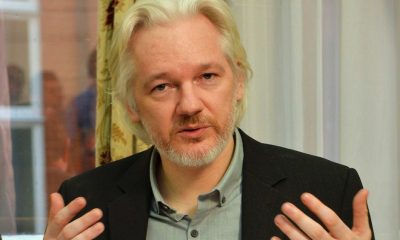

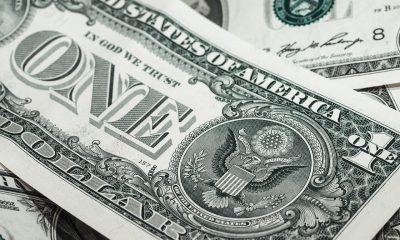
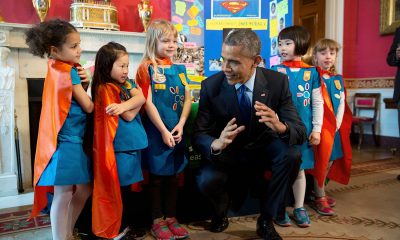

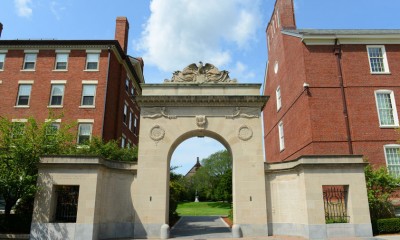
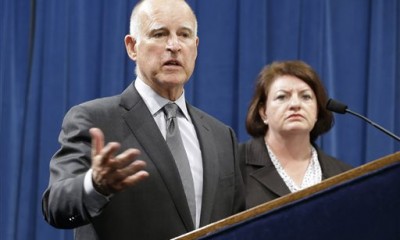





Facebook
Twitter
Pinterest
Google+
LinkedIn
Email